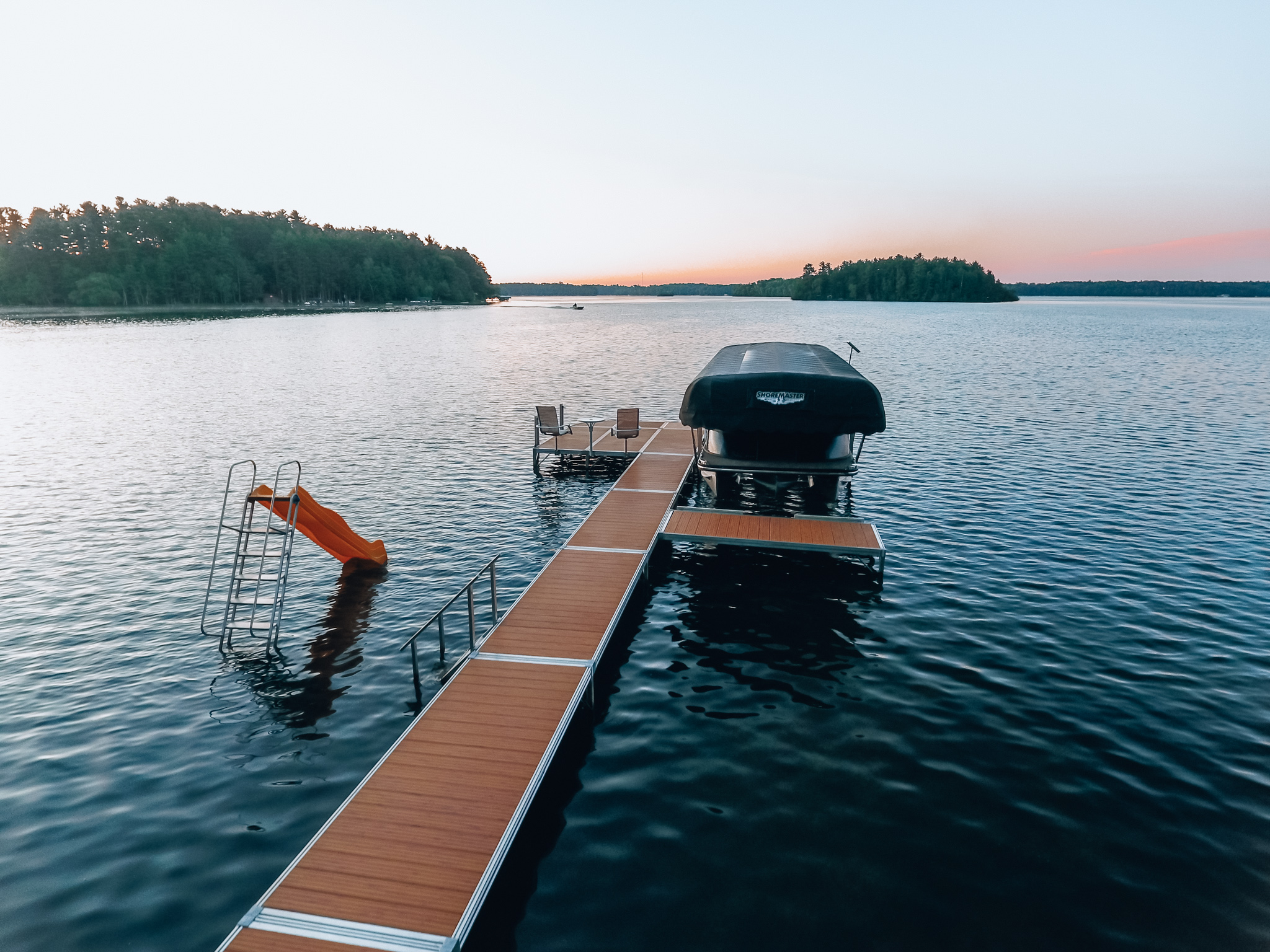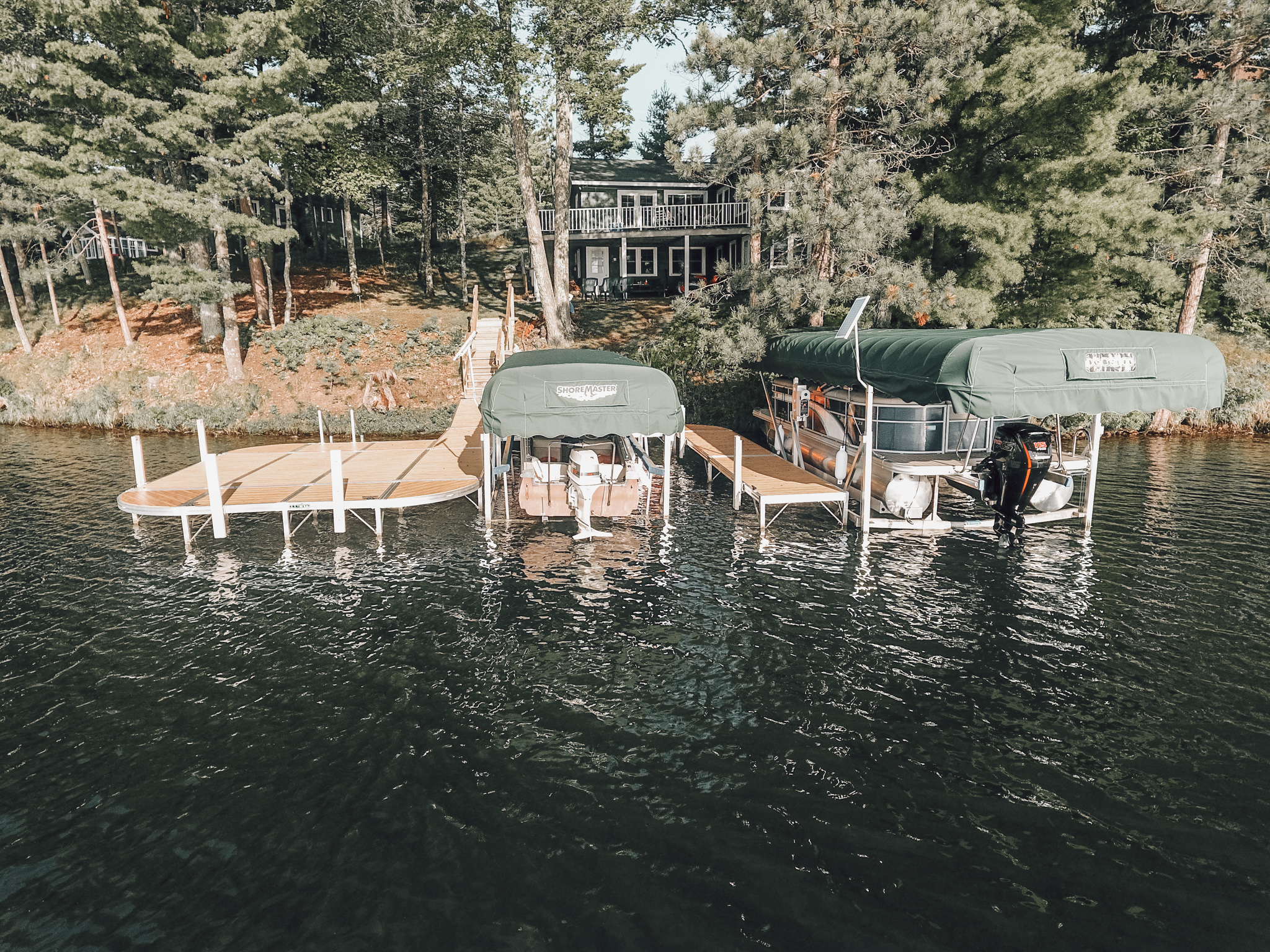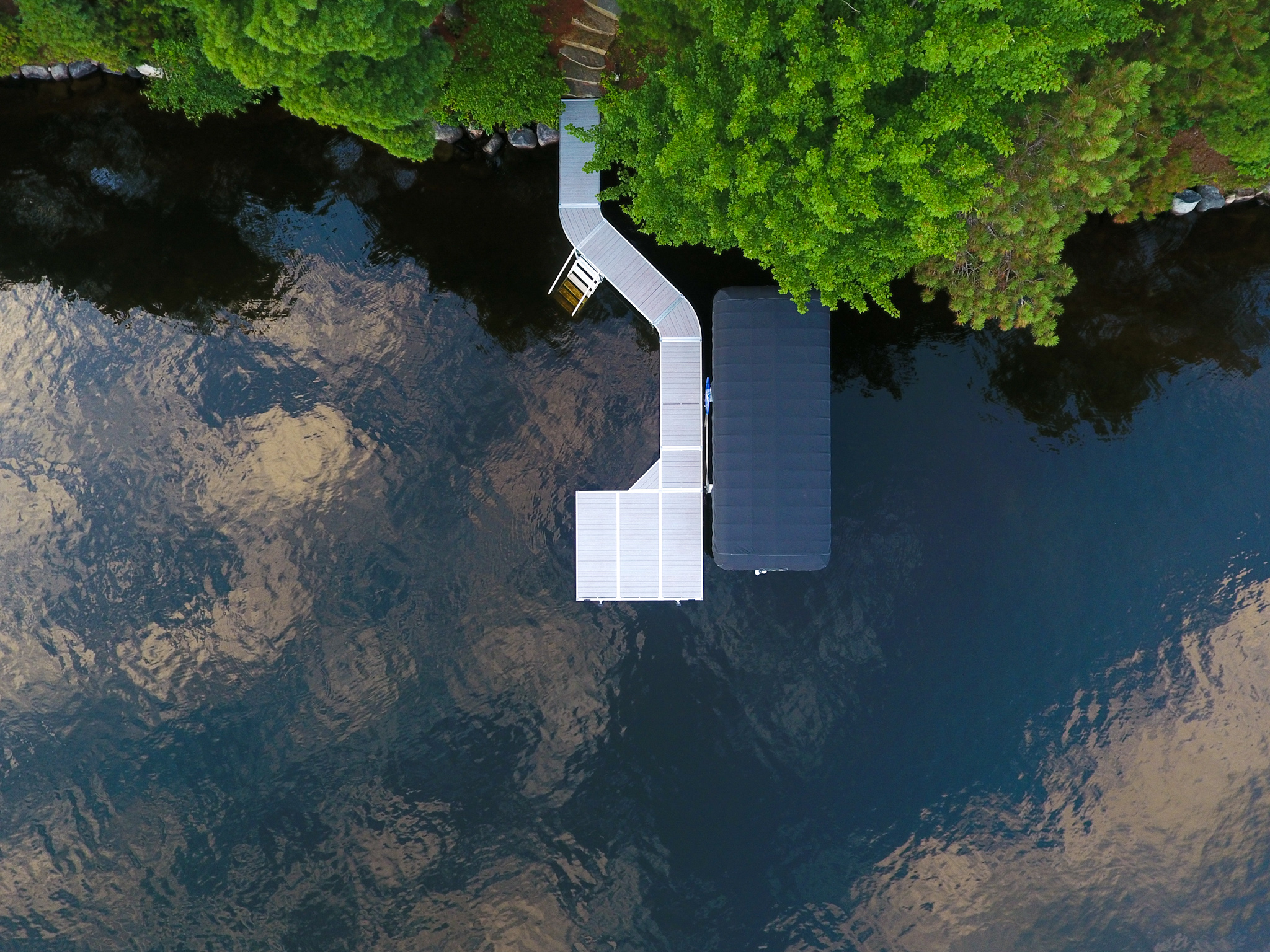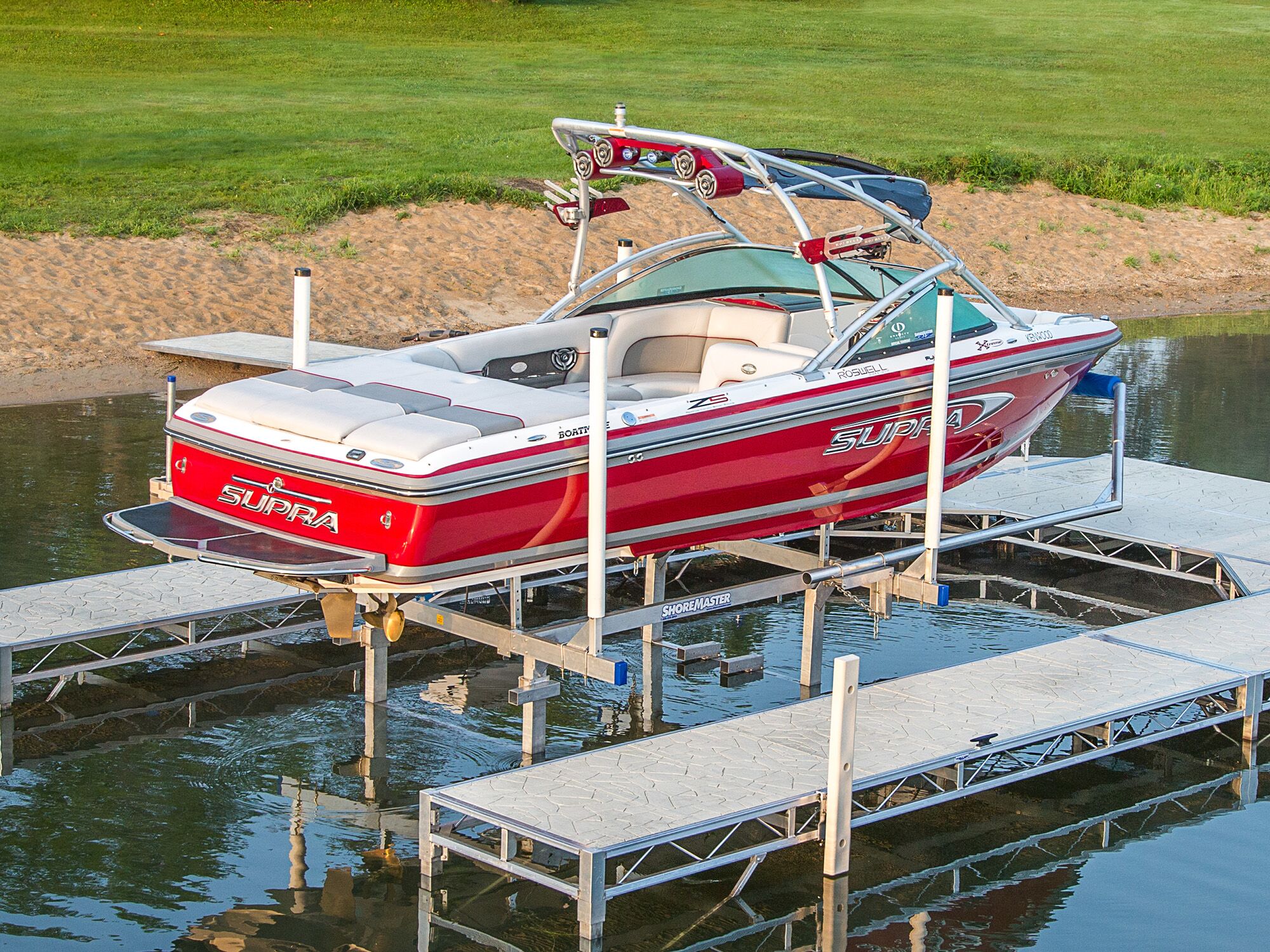July 27, 2023
Dock vs. Pier: What is the difference between a dock and a pier?
Written by ShoreMaster Marketing
While the words “dock” and “pier” tend to be used interchangeably to refer to the walkway out to the water and your boat, there are differences between the two. Join us for a vocabulary lesson on your way to building your perfect waterfront structure!
Dock vs. Pier: What is the Difference?
You might hear the words dock and pier used interchangeably. If you consider them to refer to any structure extending into the water that is suitable for walking or utilized for boat storage and maintenance, you are not entirely mistaken. However, there are a few distinctions that vary based on where you live and the activities you do on the structure. We’re breaking down the differences and what your waterfront life might look like with a pier or a dock.

Guide to Choosing a Residential Floating Dock
Whether you have your heart set on a floating dock system or need more information before taking the plunge, your local ShoreMaster dealer can help you find the ideal solution for your shore. Following are some common questions boaters have about floating dock systems and the answers from our experts.
What is the difference between a pier and dock?
ShoreMaster’s dealer network and our customers primarily reside in North America, where American English is commonly used. Therefore, it is likely that you think docks and piers are synonymous. Both terms refer to a narrow, long, and sometimes tapered man-made structure built along the coast, extending from the shore into the water. (We’ll get into regional differences shortly.) At ShoreMaster, we use the term dock when referring to our products, but if you mention piers, we’ll know what you’re referring to.
In British English (and to some extent in Canadian English), piers and docks are perceived as distinct concepts. In these regions, a dock refers to an enclosed body of water separate from the sea or ocean. In this context, docks primarily serve purposes related to trade, shipping, and associated activities such as unloading, loading, and repairs.
However, the definition of a pier remains similar to ours, referring to an elongated structure extending from the shore into the water. Piers are used for commercial and recreational uses, including handling vessels and also promoting fishing and other waterfront recreation. Think of it like the difference between a parking lot (dock) and a sidewalk (pier).
Even within North America, different regions may use different words for the same things. For instance, a dock in one region may refer to a place to moor your boat and a pier as the transitional shore-to-water construction. Sometimes a pier is a communal area to enjoy the water and is sometimes large enough to have shopping areas. Docks, particularly in the context of lakes, can be private and floating, while piers are typically constructed on legs or piles. Nonetheless, the common objective is that we’re all here to enjoy the water.
How are both a pier and dock constructed?
Depending on their intended use, location, and type, piers and docks might be built differently. In general, most piers and docks are built similarly to one another.
A British dock is constructed by either encircling a section of the water inside of a structure or digging out an enclosed space distinct from the open water to handle the traffic. The differences come down to the amount of traffic at the dock: whether it’s inland or a seaport, dry or wet, and other factors. A mechanism should be in place for replacing old stagnant water as necessary. While some docks are naturally sheltered, others need man-made structures like walls or breakwaters to stay sheltered from the elements. Docks should be straight because circular docks don’t allow a ship to berth.
A British pier (or American dock) can be constructed with different types of materials. The types vary depending on the use of the pier. For instance, wood can be readily used for residential docks, but they won’t stand up to the rigors of industry or commercial use like concrete or stainless steel. Materials like polymers, polymer-wood composites, and aluminum are also used. ShoreMaster uses aluminum due to its lightweight but durable quality that can withstand a variety of waterfront conditions.
Can docks and piers coexist in the same location?
For the most part, docks and piers can coexist in the same location. For areas where docks are used for shipping and trade, there might be piers to allow workers to facilitate repairs, loading, unloading, and other necessary functions. But they are unlikely to be communal piers designed to promote recreation in a place of business. For areas where a dock is a place to moor your boat, you might have both communal piers for everyone to enjoy and private sections of real estate with individual docks.
Whether you work or play on the water, ShoreMaster can help meet your needs. We are an industry-leading manufacturer of aluminum boat docks (in the sense of shore-to-water constructions), boat lifts, and accessories for commercial or residential use. For more information, get in touch with a ShoreMaster dealer in your area.



